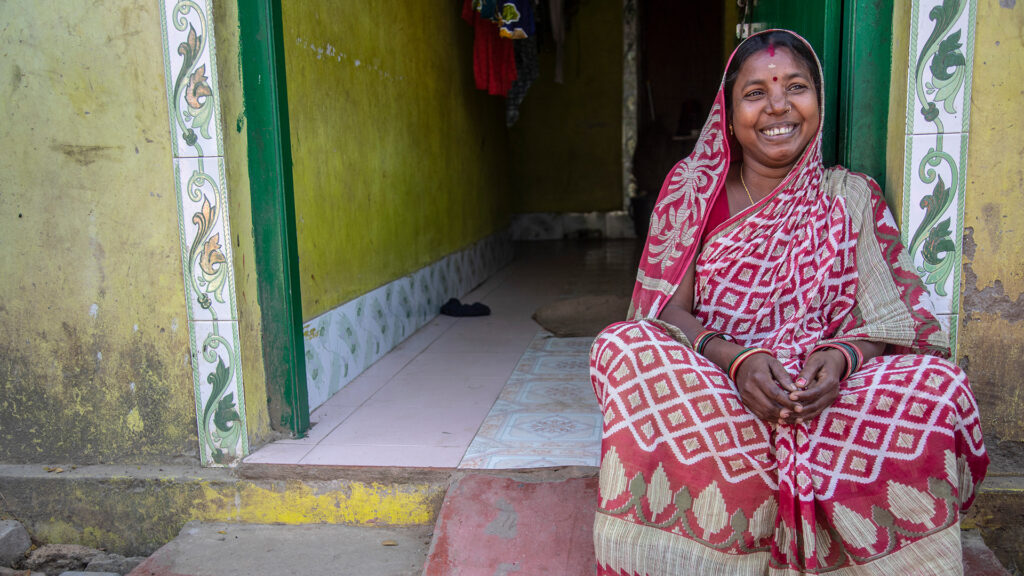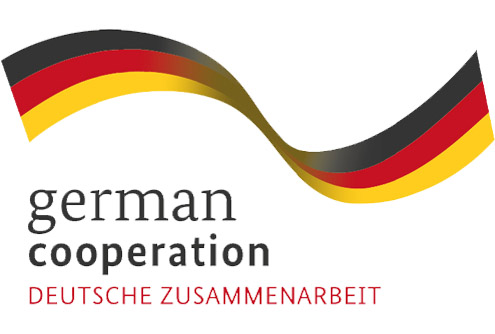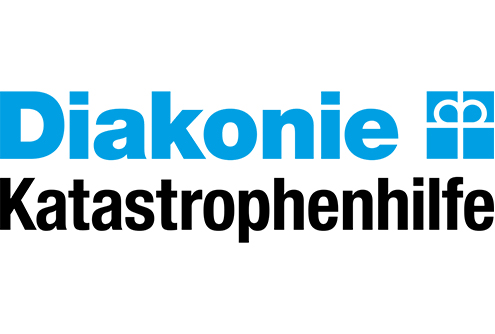Key steps in stage four
1. Consolidating information
Scan the data hub or library for knowledge and information on the locality, region or topic which is being considered. Repeat research activities as outlined in stage three, if there are any gaps in what is required.
2. Consultation with experts
Identify technical advisory support. Identify local and regional institutions and/or experts to assist in analysis and seek advice on relevant data for carrying out analyses.
3. Set up a collaborative analysis process
Analysis and impact assessments using various participatory tools should ideally be collaborative with representatives of community members most at risk, civil society groups, local government representatives and technical experts. Invite those required to your analysis event.
Collaboration may be explored through technical institutions, or by developing proposals for accessing corporate social responsibility, government, organisational or global funds. In situations where collaboration with technical experts is not feasible, training of selected community members may be explored.
4. Participatory analysis
Carry out participatory exercises to analyse the information collected around a few of the above analysis methods. By using the data collected from the field and other open sources in stage three various assessments can be done.
Since the analysis methods for some of these assessments is technical, design participatory formats of analysis in collaboration with technical experts or ask them to present their own findings.
Participatory analysis methods to prioritise risks triggered by development impacts which communities can take part are:
- SWOT analysis
- Development impact assessment (environmental, social and economic impacts)
- Overlay analysis to identify multi-risk areas
- Land suitability analysis
- Degradation and fragmentation of resilience infrastructure analysis
Further information can be added to the process through applying the radius of influence technique, calculating carrying capacity and seeking indicators of unsustainable practices.
5. Decision-making
Record the proceedings of this stage by documenting the analysis process and the decisions made.



